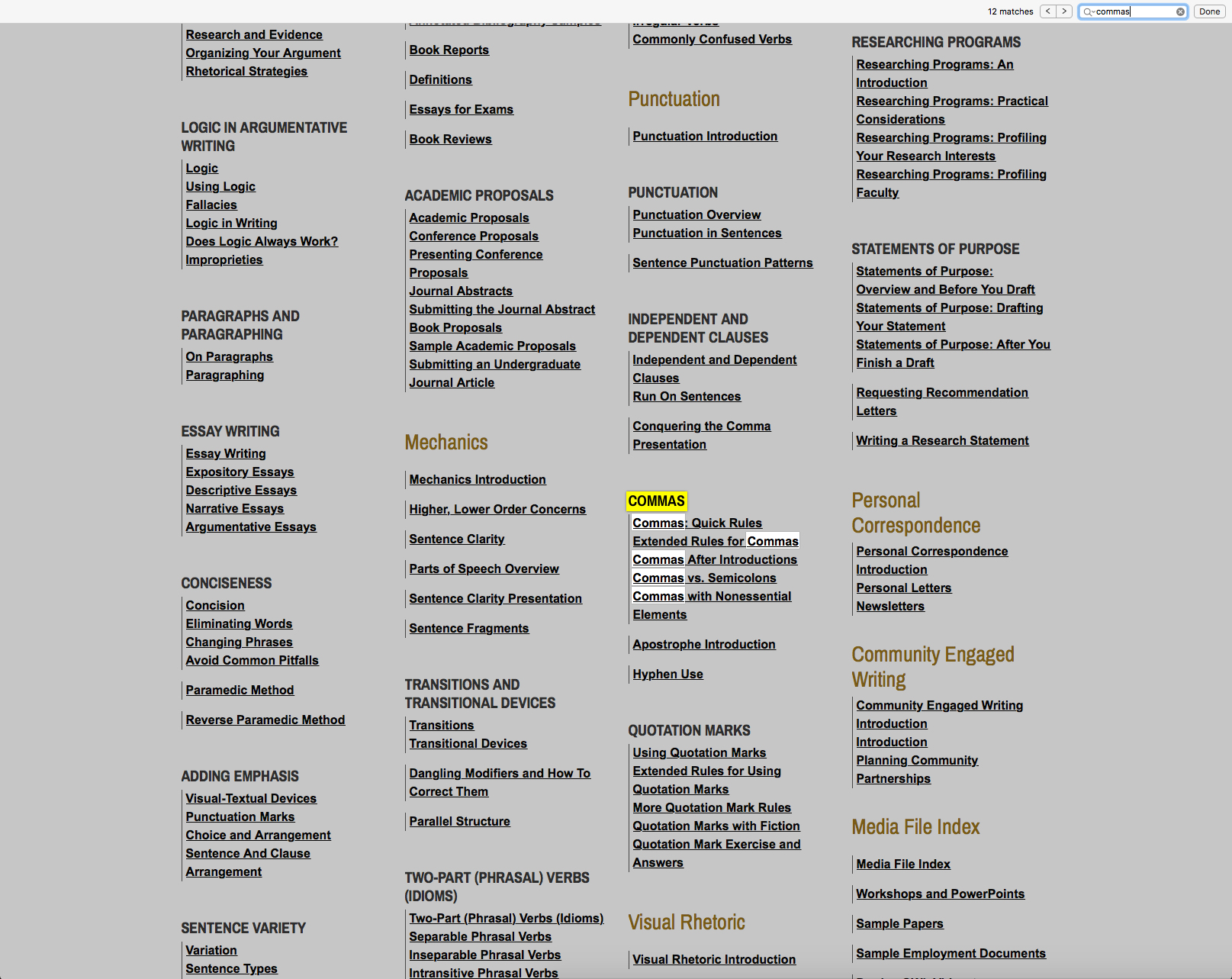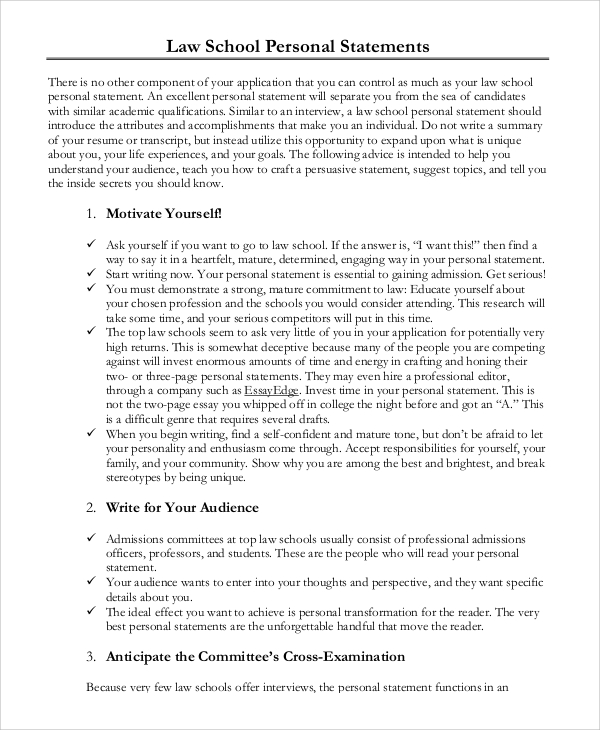
linking paragraphs. You should show how your next paragraph connects to the one that came before. The paragraph should have its own topic sentence and follow the same format as the first Purdue Owl Paragraphs And Paragraphing [d49okj65z]. Download & View Purdue Owl Paragraphs And Paragraphing as PDF for free Purdue OWL: On Paragraphs What is a paragraph? A paragraph is a collection of related sentences dealing with a single topic. Learning to write good paragraphs will help you as a writer stay on track during your drafting and revision stages. Good paragraphing also greatly assists your readers in following a piece of writing
Purdue OWL Paragraphs and Paragraphing | Paragraph | Sentence (Linguistics)
This page is brought to you by the OWL at Purdue University. When printing this page, you must include the entire legal notice. All rights reserved. This material may not be published, reproduced, broadcast, rewritten, or redistributed without permission. Use of this site constitutes acceptance of our terms and conditions of fair use.
The purpose of this handout is to give some basic instruction and advice regarding the creation of understandable and coherent paragraphs. A paragraph is a collection of related sentences dealing with a single topic. Learning to write good paragraphs will help you as a writer stay on track during your drafting and purdue owl paragraphs stages, purdue owl paragraphs.
Good paragraphing also greatly assists your readers in following a purdue owl paragraphs of writing. You can have fantastic ideas, but if those ideas aren't presented in an organized fashion, you will lose your readers and fail to achieve your goals in writing. The basic rule of thumb with paragraphing is to keep one idea to one paragraph.
If you begin to transition into a new idea, it belongs in a new paragraph. There are some simple ways to tell if you are on the same topic or a new one. You can have one idea and several bits of supporting evidence within a single paragraph. You can also have several points in a single paragraph as long as they relate to the overall topic of the paragraph.
If the single points start to get long, then perhaps elaborating on each of them and placing them in their own paragraphs is the route to go. To be as effective as possible, purdue owl paragraphs, a paragraph should contain each of the following: Unity, Coherence, A Topic Sentence, and Adequate Development. As you will see, all of these traits overlap.
Using and adapting them to your individual purposes will help you construct effective paragraphs. The entire paragraph should concern itself with a single focus.
If it begins with one focus or major point of discussion, purdue owl paragraphs, it should not end with another or wander within different ideas. Coherence is purdue owl paragraphs trait that makes the paragraph easily understandable to a reader. You can help create coherence in your paragraphs by creating logical bridges and verbal bridges.
A topic sentence is a sentence that indicates in a general way what idea or thesis the paragraph is going to deal with.
Although not all paragraphs have clear-cut topic sentences, and despite the fact that topic sentences can occur anywhere in the paragraph as the first sentence, the last sentence, or somewhere in the middlean easy way to make sure your reader understands the topic of the paragraph is to put your topic sentence near the beginning of the paragraph. This is a good general rule for less experienced writers, although it is not the only way to do it.
Regardless of whether you include an explicit topic sentence or not, you should be able to easily summarize what the paragraph is about. The topic which is introduced by the topic sentence should be discussed fully and adequately. Again, this varies from paragraph to paragraph, depending on the author's purpose, but writers should be wary of paragraphs that only have two or three sentences.
It's a pretty good bet that the paragraph is not fully developed if it is that short. Two purdue owl paragraphs important elements of paragraphing are signposts and transitions.
Signposts are internal aids to assist readers; they usually consist of several sentences or a paragraph outlining what the article has covered and where the article will be going, purdue owl paragraphs.
Transitions are usually one or several sentences that "transition" from one idea purdue owl paragraphs the next. Transitions can be purdue owl paragraphs at the end of most paragraphs to help the paragraphs flow one into the next. Find Info For Find Info For Academics Admissions Current Students Athletics About Careers Prospective Students Research and Partnerships Quick Links Apply News President Shop Visit Give Emergency. Purdue Online Writing Lab College of Liberal Arts.
Writing Lab Purdue OWL Research Contact Site Map. General Writing Academic Writing Paragraphs and Paragraphing, purdue owl paragraphs. Welcome to the Purdue OWL This page is brought to you by the OWL at Purdue University, purdue owl paragraphs.
On Paragraphs Summary: The purpose of this handout is to give some basic instruction and purdue owl paragraphs regarding the creation of understandable and coherent paragraphs.
How to Cite APA Format References (website, book, article, etc.)
, time: 10:03Purdue Owl Paragraphs And Paragraphing [d49okj65z]

linking paragraphs. You should show how your next paragraph connects to the one that came before. The paragraph should have its own topic sentence and follow the same format as the first The Modes of Discourse—Exposition, Description, Narration, Argumentation (EDNA)—are common paper assignments you may encounter in your writing classes. Although these genres have been criticized by some composition scholars, the Purdue OWL recognizes the wide spread use of these approaches and students’ need to understand and produce them Purdue OWL: On Paragraphs What is a paragraph? A paragraph is a collection of related sentences dealing with a single topic. Learning to write good paragraphs will help you as a writer stay on track during your drafting and revision stages. Good paragraphing also greatly assists your readers in following a piece of writing

No comments:
Post a Comment